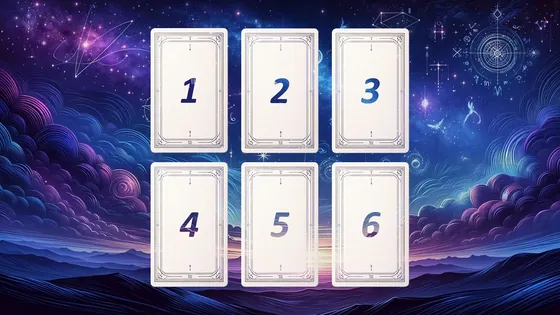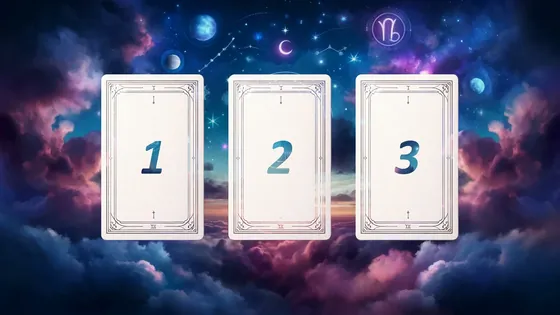The hues present on Tarot cards serve a dual purpose: they offer visual appeal while also harboring profound symbolic meanings, which significantly impact the process of comprehending and interpreting the cards. Diverse color schemes and their amalgamations hold the potential to dramatically alter the card's perception, rendering color analysis an invaluable asset for every tarot practitioner.
Deciphering the Symbolism of Color on Tarot Cards
In the realm of Tarot, each hue bears distinct connotations and connections that can be associated with particular emotional states or life occurrences. For instance, variations of crimson often connote dynamism, vigor, and fervor; verdant shades symbolize expansion, recuperation, and rejuvenation; cerulean mirrors the profundity of intuition and serenity; citrine embodies mental acuity and vivacity, whereas ebony is enshrouded in enigma and the enigmatic.
Significance of Color on Tarot Cards within the Tarot Context
The colors adorning Tarot cards act as gateways to comprehending profound emotional undercurrents, psychological intricacies, and imminent shifts in the inquirer's life. They enrich perception and facilitate a deeper understanding of the inquiries posed, augmenting interpretations with intricacy and richness.
Impact of Color Details on Card Interpretation
Subtle nuances in color, such as intensity, saturation, or tonal variations, wield considerable power to modify or enhance conventional interpretations of symbols and depictions on the card. These chromatic subtleties introduce additional strata of significance, enabling more meticulous and nuanced interpretation.
Variations in Card Interpretation Based on the Prevalent Color
The utilization of diverse color palettes on cards like Strength can underscore disparate facets of the card. Vibrant crimson hues may accentuate strength and dominance, whereas softer rose tints might illuminate gentler and nurturing attributes of fortitude.
Illustrative Instances of Symbolic Color Meanings in Tarot Cards
- Death Card: The inclusion of ebony underscores profound metamorphoses and the cessation of one phase, heralding the commencement of another.
- Emperor Card: The scarlet hue adorning the Emperor's attire underscores his authoritative demeanor and energetic sway.
Conclusion
In conclusion, colors within Tarot not only serve as ornamental elements but also function as potent symbolic instruments, infusing interpretations with depth and intricacy. Grasping this facet enables tarot readers to unravel the cards' messages with heightened precision and insight, rendering each spread distinctive and enlightening.










